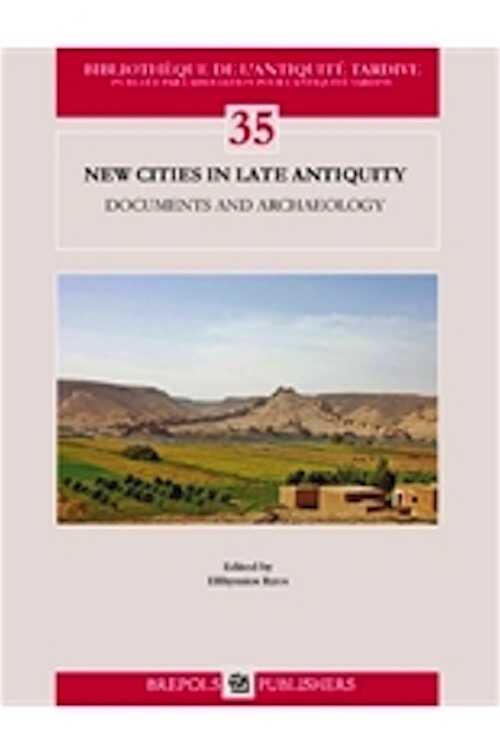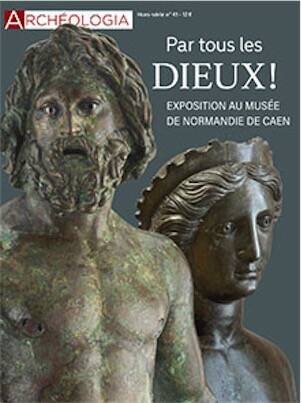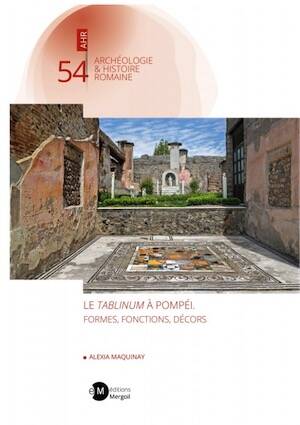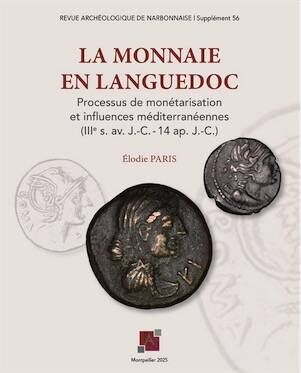- Recherche
- Recherche avancée

New Cities in Late Antiquity. Documents and Archaeology, 2017, 297 p., 170 ill. n.b. -
A collection of essays on the archaeology of newly built cities of Late Antiquity (ca. AD 300-600). The beginning of Late Antiquity was marked by the foundation of Constantinople, the largest city ever founded by the Romans. Yet this was also the dawn of an era of hardships which undermined the ability, and perhaps need, of the Roman Empire to found new cities in its provinces. Active urbanisation after the late third century AD may appear paradoxical or unexpected to those who associate Late Antiquity with urban recession. Yet new cities continued to be founded, asserting the urban character of the late Roman state and society, which knew no better way of ruling and defending their lands than through cities. Foundations, re-foundations, relocations, or expansions of cities are particularly important events in urban history, encapsulating with clarity the realities, needs, and ideals of urbanism in each historical period. What was necessary for a settlement in order to be called a city? What were the functions a city was expected to perform? For the late antique period, answers to these questions tend to be sought for in the transformations of pre-existing Greco-Roman urban environments. This volume offers a different perspective on the debate, exploring the application of late antique urban ideals 'on virgin ground'. Based on recent archaeological fieldwork and synthetic studies, twenty papers outline the state of research and discuss the motives and products of city-building from the late third to the seventh centuries AD.
Référence : 49257.
Anglais
80,00 €
Dans la même époque
Nouveauté

Archéologia Hors Série n° 41, Mars 2025. Par tous les dieux ! Exposition au musée de Normandie de Caen.
Réf : 57918.
Français
12,00 €
Nouveauté

46,00 €


